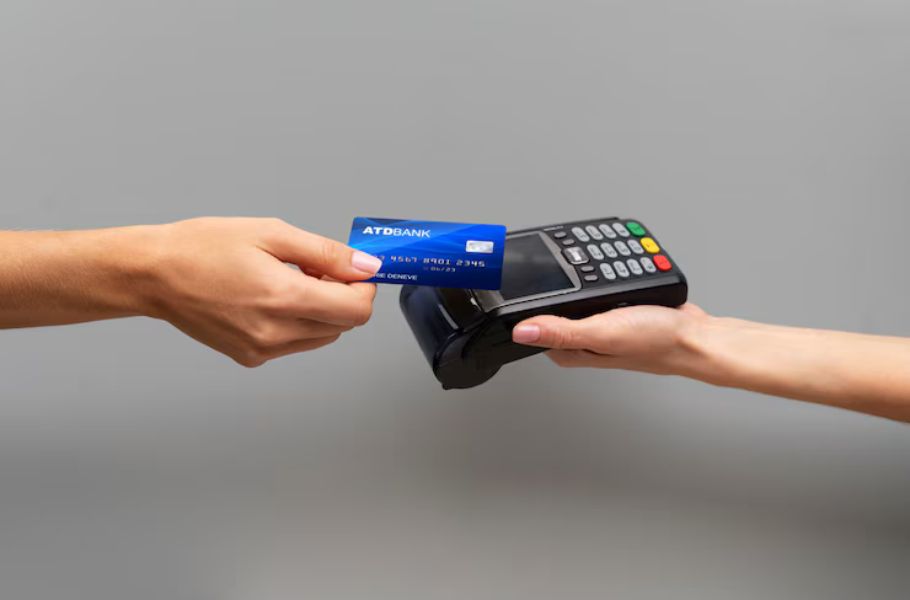In today’s fast-paced digital economy, the ability to accept card payments is no longer optional it’s essential. Customers across all demographics now expect businesses to provide flexible, convenient, and secure payment options. Whether you run a brick-and-mortar shop, an online store, or offer services on the go, enabling card payments can elevate your brand, enhance customer experience, and significantly boost sales.
Why Should You Accept Card Payments?
Customers are rapidly moving away from cash-based transactions. Credit and debit cards, along with digital wallets linked to cards, are now the go-to methods for making purchases. Accept card payments not only allows businesses to cater to this demand but also improves credibility and consumer trust.
By offering accept card payment options, businesses can reduce checkout times, streamline financial tracking, and minimize errors associated with cash handling. It also opens doors to impulse buying, as customers are more likely to make purchases when not limited by the cash in their wallet.
Getting Started with Card Payments
Setting up accept card payments is simpler than ever. You’ll need a business bank account, a payment processor, and potentially a point-of-sale (POS) system or a card reader, depending on how and where you operate. Many modern solutions offer bundled services that handle everything from card reading to online processing.
Popular payment processors like Stripe, Square, and PayPal make onboarding easy, especially for startups and small businesses. They provide transparent pricing, seamless integration, and tools that allow you to accept payments both in-person and online.
How Can You Accept Card Payments Without a Website?
You don’t need a website to start accept card payments. Mobile apps and portable card readers from services like Zettle, Square, or PayPal Here allow you to receive payments anywhere. Additionally, digital invoicing and payment links can be shared via email or social media, giving your clients an easy and secure way to pay.
These tools are perfect for freelancers, market vendors, and service professionals who operate in person or remotely but don’t yet have a dedicated website.
Choosing the Right Payment Partner
The payment processor you choose can have a big impact on your customer experience and your bottom line. Look for a solution that offers:
- Quick and easy setup
- Transparent fees
- Strong security and fraud protection
- Integration options for your existing tools
- Responsive customer support
Evaluating these factors ensures you find a service that aligns with your business goals and provides peace of mind.
Accept Credit Cards Without a Merchant Account
Traditionally, accept card payments required a merchant account a type of bank account that lets businesses process transactions. However, this model can be complicated and time-consuming for small businesses.
Today, many all-in-one payment solutions remove this barrier. Platforms like Square, Stripe, and PayPal let you accept payments without needing a separate merchant account. They manage everything behind the scenes, allowing you to focus on running your business.
Understanding the Cost of Card Payments
While accept card payments increases your earning potential, it’s essential to understand the associated costs. Most processors charge a transaction fee, typically a percentage of each sale, plus a small fixed fee. There may also be monthly service fees or fees for chargebacks.
Choosing a provider with a clear, predictable pricing model helps you avoid unexpected costs and keeps your margins healthy.
What Security Measures Should Be in Place?
Card payment security is crucial not just for your customers, but for your business’s reputation. Choose a processor that complies with the Payment Card Industry Data Security Standard (PCI DSS). This ensures that payment data is encrypted and protected from fraud.
Additionally, use secure networks, update your systems regularly, and educate your staff about safe payment practices. Visible trust indicators, like SSL certificates and security badges, also build customer confidence.
What Challenges Might You Face When Accepting Card Payments?
Accept card payments comes with a few potential hurdles. These may include technical issues with payment terminals or software, processing delays, or dealing with chargebacks when customers dispute a transaction.
You can reduce these risks by choosing a reliable provider and having a clear returns and refund policy. Keep your technology updated and offer excellent customer service to resolve payment issues quickly.
Evaluating Your Payment System’s Performance
Once your system is live, it’s important to regularly evaluate its performance. Monitor transaction success rates, customer satisfaction, checkout times, and how quickly funds are deposited into your account. If you notice delays or recurring issues, don’t hesitate to consult your provider or switch to one that better suits your needs.Ongoing analysis ensures that your payment setup continues to meet the expectations of your growing business.
Final Words
To accept card payments is to embrace the needs of the modern customer. It’s a step that signals professionalism, boosts customer trust, and simplifies your financial operations. With the right tools and approach, you can build a smooth, secure, and flexible payment system that supports your business today and scales with it tomorrow.Whether you’re just getting started or looking to optimize an existing setup, the ability to accept card payments is a key driver of long-term success in today’s commerce landscape.

























